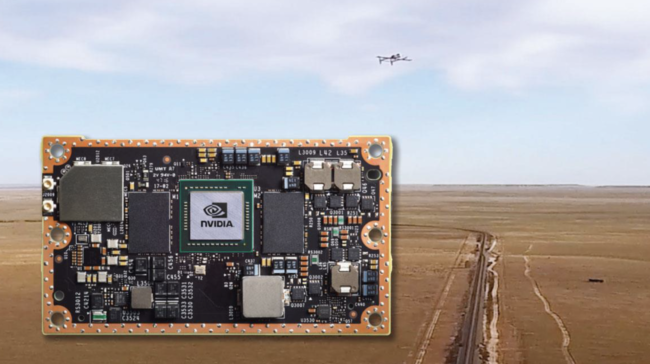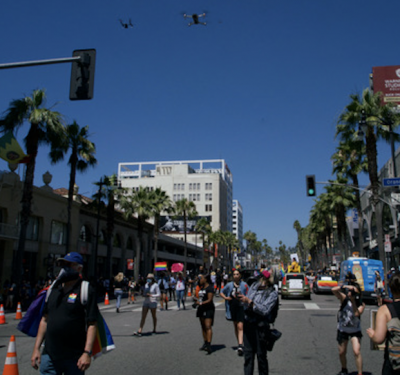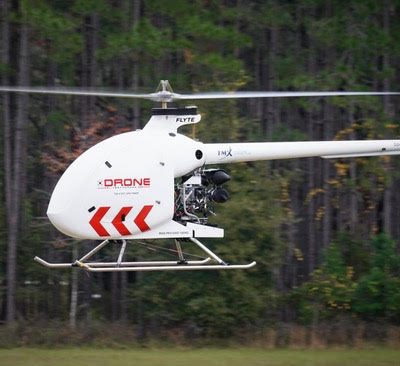
Ardenna, a provider in AI-based automated defect detection capabilities, has announced the ability to automatically identify defects using software embedded on an unmanned aerial vehicle (UAV) payload.
The initial embedded solution is for railway track integrity assurance and identifies Obstructions, Rail Breaks and Track Buckling. In this application, visual images of the railway taken by an onboard camera are processed by industry-specific AI-based software algorithms running onboard an NVIDIA Jetson TX2 embedded computing module, generating alerts when anomalies are encountered. This groundbreaking technology provides nearly instantaneous identification of rail defects so that immediate action can be taken, resulting in significant improvements in both rail safety and transportation efficiencies. This capability extends Ardenna’s portfolio of AI-based products for the Transportation and Energy Sectors, which already includes Stand-alone and Cloud-based solutions.
This solution addresses a need that every critical infrastructure company has, which is to quickly and safely put “eyes on the scene” to assess a situation, according to the company. Whether it is clearing a rail route ahead of a train transporting hazardous cargo, assessing asset damage following a storm or other natural disaster, or simply performing routine inspections, critical infrastructure companies can benefit from the near real-time assessments that Ardenna’s technology provides. Companies are increasingly turning to drones to rapidly gain these insights and deploy the appropriate equipment and skillsets necessary to perform the repairs. Embedding automated defect detection software in a drone payload is another step towards obtaining critical information almost instantaneously.
“We are excited to be the first to demonstrate the ability to embed an automated defect detection capability in a form factor suitable for drone payload integration”, said David Patterson, Ardenna’s Director of Business Development. “As we continuously enhance the capabilities of our Cloud and Desktop solutions for the Transportation and Energy Sectors, we will naturally bring more of the core functionality to our embedded solution. These capabilities will only be enhanced as computing power and drone battery life increases.”
A demonstration of this embedded processing capability was shown last week at the Commercial UAV Expo in Las Vegas, Nevada.






